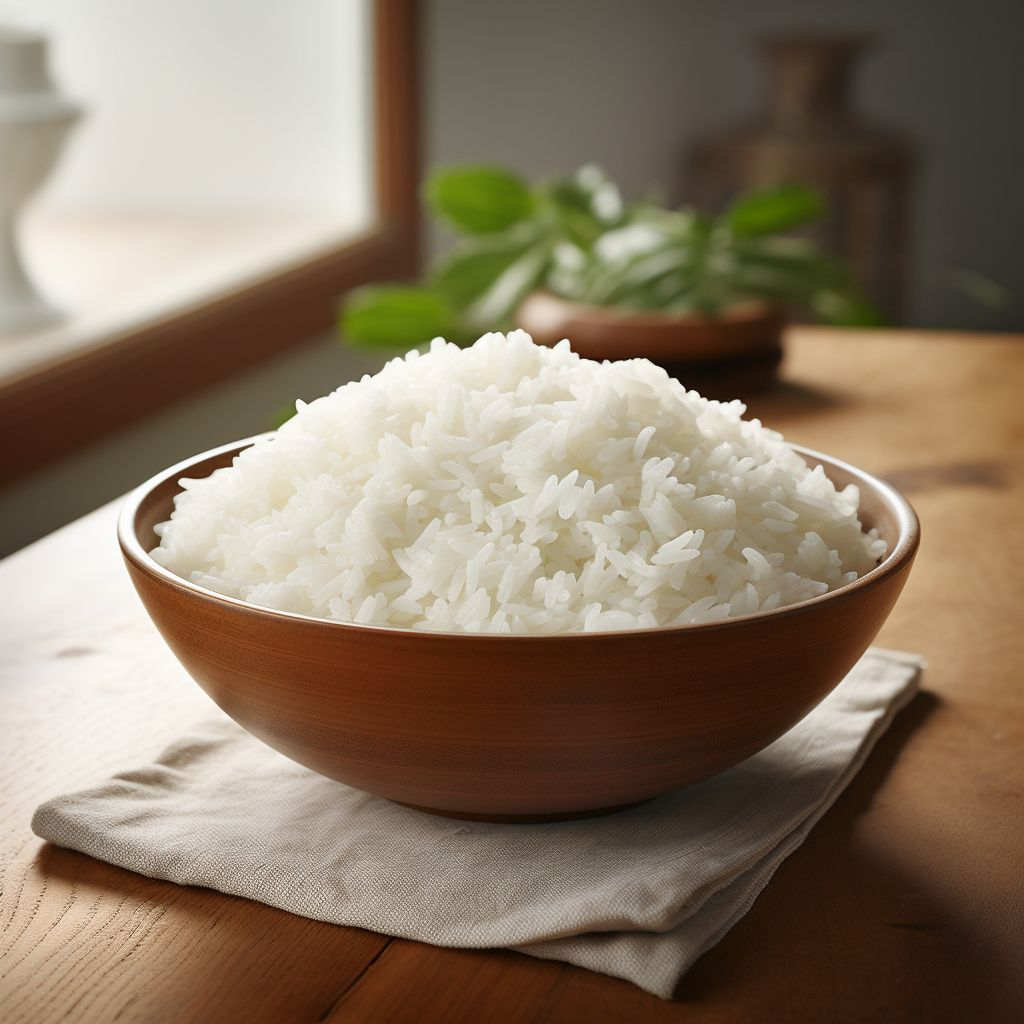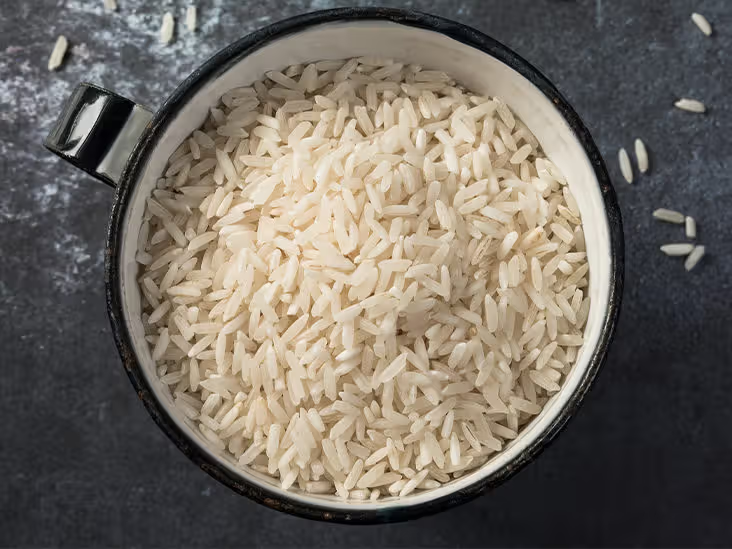Rice, one of the most cherished and versatile staples found in kitchens worldwide, comes in many forms—from the everyday white rice to aromatic varieties like basmati and jasmine. While rice is praised for its ability to complement almost any dish, understanding its shelf life and proper storage is crucial for maintaining its freshness and safety. In this guide, we delve into the essential knowledge every rice lover should have about the longevity of rice and the best practices for its storage.
Understanding the Shelf Life of Different Types of Rice
Uncooked Rice: The Basics

- White Rice: Known for its longevity, white rice can remain fresh for 4-5 years if stored properly in a cool, dry place. This is due to its low oil content, which minimizes the risk of spoilage.
- Brown Rice: Due to its higher oil content from the germ, brown rice has a shorter shelf life of approximately 6 months to 1 year under ideal conditions.
- Specialty Rices: Varieties like basmati and jasmine tend to follow the same storage rules as white rice, offering a shelf life of several years when stored correctly.
Ideal Storage Conditions for Uncooked Rice
Storing uncooked rice properly is crucial for extending its freshness. Here are some guidelines to ensure your rice stays pristine:
- Cool and Dry: Store rice in a cool, dry place, away from moisture and direct sunlight. A pantry or a cupboard away from heat sources is ideal.
- Airtight Containers: Use airtight containers to protect rice from pests and moisture. This also helps in preserving the flavor and texture of the rice.
How to Identify Spoiled Rice
Spotting bad rice is key to avoiding food waste and potential health issues. Here’s what to look out for:
- Smell: Fresh rice should have a neutral scent. Any off-putting or musty odors are indicators that your rice might have gone bad.
- Visual Signs: Look for any mold, discoloration, or insects. Any of these signs suggest that the rice is no longer good for consumption.
- Texture: Good rice grains should be separate and dry. Clumping or dampness can indicate spoilage.
The Risks of Consuming Expired Rice
Using rice past its prime can not only affect the quality of your dishes but also pose health risks such as:
- Food Poisoning: Old or improperly stored rice can harbor bacteria, leading to foodborne illnesses characterized by symptoms like nausea, vomiting, and diarrhea.
- Loss of Nutritional Value: Over time, rice may lose some of its nutritional benefits, making it less beneficial as a dietary staple.
Pro Tips for Extending the Shelf Life of Rice
To maximize the shelf life and quality of your rice, consider the following tips:
- Refrigeration for Whole Grains: While not necessary for white rice, storing whole grain rice in the refrigerator can help maintain its quality by slowing down the degradation process.
- Regular Checks: Periodically check your rice for signs of spoilage, especially if it’s stored for extended periods.
Practical Uses of Expired Rice

If you find rice that’s past its prime but not spoiled, don’t throw it away just yet. Consider these alternative uses:
- Craft Materials: Rice can be used in various crafts, such as filling for homemade heating pads or as a base in decorative jars.
- Cleaning Agents: Rice grains can help clean hard-to-reach spots in vases or bottles when mixed with a little soap and water.
Conclusion: Ensuring Freshness and Safety
Understanding the shelf life of rice and recognizing the signs of spoilage are essential for anyone looking to maintain a safe and efficient kitchen. By following proper storage techniques and staying vigilant about the condition of your stored rice, you can ensure that every grain you cook is not only delicious but also safe to eat. Remember, when in doubt, the safest bet is to dispose of questionable rice to prevent any health risks.


